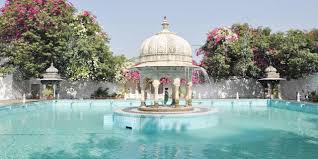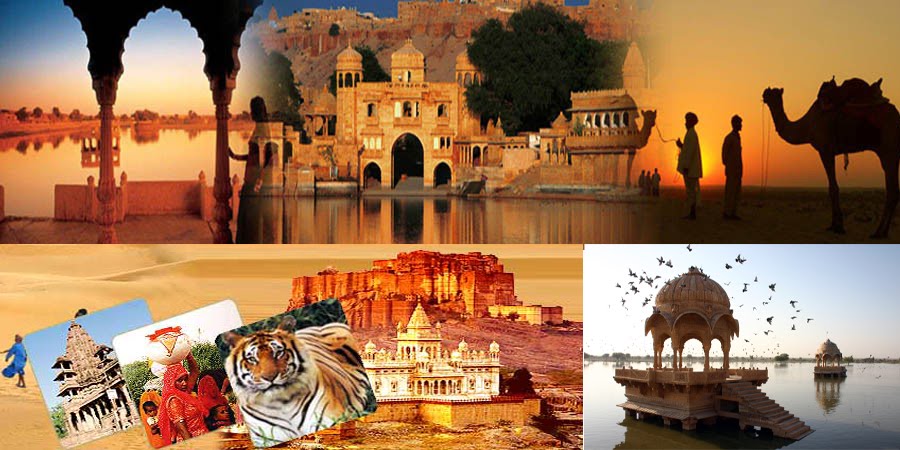Bundi-Kshar-Bag Tourism: A Hidden Gem of Rajasthan
Bundi: A Step Back in Time
Bundi’s history dates back to the 12th century, and the town served as the capital of the Bundi princely state. The town’s charm lies in its well-preserved architecture, winding alleys, and scenic surroundings. The Bundi fort, also known as Taragarh Fort, is a significant landmark. Perched atop a hill, the fort offers breathtaking views of the town and the surrounding landscape. Built in 1354, it is an example of Rajput military architecture with intricately designed gates, massive walls, and winding staircases.
The Bundi Palace, located adjacent to the fort, is another marvel. It is known for its intricate murals, which depict scenes of royal life, courtly leisure, and hunting expeditions. These murals, which cover vast areas of the palace, are a rare form of art and remain in relatively good condition despite the passage of time.
Another must-visit in Bundi is the famous stepwells, or baoris, which are deep wells constructed with steps leading down to the water level. The Rajon ki Baori is one of the most prominent of these structures, known for its architectural beauty and intricate carvings. Stepwells like these provide insight into the ancient water harvesting techniques used in Rajasthan’s arid climate.
The town is also home to a number of temples, such as the Shyamji ki Chhatri, dedicated to Lord Krishna. Visitors can explore these sites to gain a deeper understanding of the spiritual and cultural life that has flourished here for centuries.
Kshar-Bag: The Lesser-Known Jewel
A short distance away from Bundi lies Kshar-Bag, a lesser-known but captivating destination. Kshar-Bag, a small village, is famous for its serene ambiance and the presence of temples and historical structures. Though it is less commercialized, the place offers an authentic rural experience and a deep connection with Rajasthan's traditional way of life.
One of the key attractions in Kshar-Bag is the ancient Kshar-Bag Temple, dedicated to Lord Shiva. The temple is known for its tranquil surroundings, set against the backdrop of dense forests and hills. Pilgrims from nearby regions visit the temple, making it an important spiritual center. The peaceful atmosphere in Kshar-Bag provides an ideal retreat for those looking to escape the hustle and bustle of city life.
Nature enthusiasts will also appreciate Kshar-Bag’s proximity to natural reserves and wildlife sanctuaries. The surrounding forests are home to a variety of wildlife, including deer, leopards, and various species of birds. The area is perfect for hiking and nature walks, offering tourists a chance to immerse themselves in the natural beauty of Rajasthan.
Attractions for the Adventure Seeker
For those seeking adventure, the Bundi-Kshar-Bag region offers plenty of opportunities. Bundi, with its rugged terrain and the looming presence of Taragarh Fort, is ideal for trekking and exploring ancient ruins. The fort itself is a fantastic location for an adventurous day hike, with numerous pathways leading to the summit where you can marvel at the panoramic views of the surrounding landscape.
The nearby Chambal River, located a short drive from Bundi, offers a thrilling opportunity for boat rides. The river is not only beautiful but is also home to the Chambal River Safari, where tourists can spot crocodiles, gharials, and migratory birds along the riverbanks.
Additionally, the region offers a chance to explore Rajasthan’s rural lifestyle through village tours. Visitors can take guided tours to surrounding villages where they can interact with locals, learn about traditional crafts, and participate in cultural activities like pottery making and tie-dye printing.
Cultural and Culinary Delights
No visit to Bundi-Kshar-Bag would be complete without indulging in the region's culinary offerings. Rajasthan’s food is rich in flavors and spices, and Bundi is no exception. Street food stalls in Bundi offer a variety of snacks, including kachoris (fried dumplings filled with spicy fillings), samosas, and the famous Bundi sweets like Ghewar and Mawa Kachori. These treats, along with the hospitality of the locals, make for an unforgettable culinary experience.
Cultural festivals and fairs are another highlight of Bundi-Kshar-Bag. The town hosts various festivals like the Bundi Utsav, a celebration of Rajasthani art, music, dance, and cuisine. During this festival, the streets come alive with performances, and tourists have the chance to witness traditional Rajasthani folk dances, including Ghoomar and Kalbeliya.
















